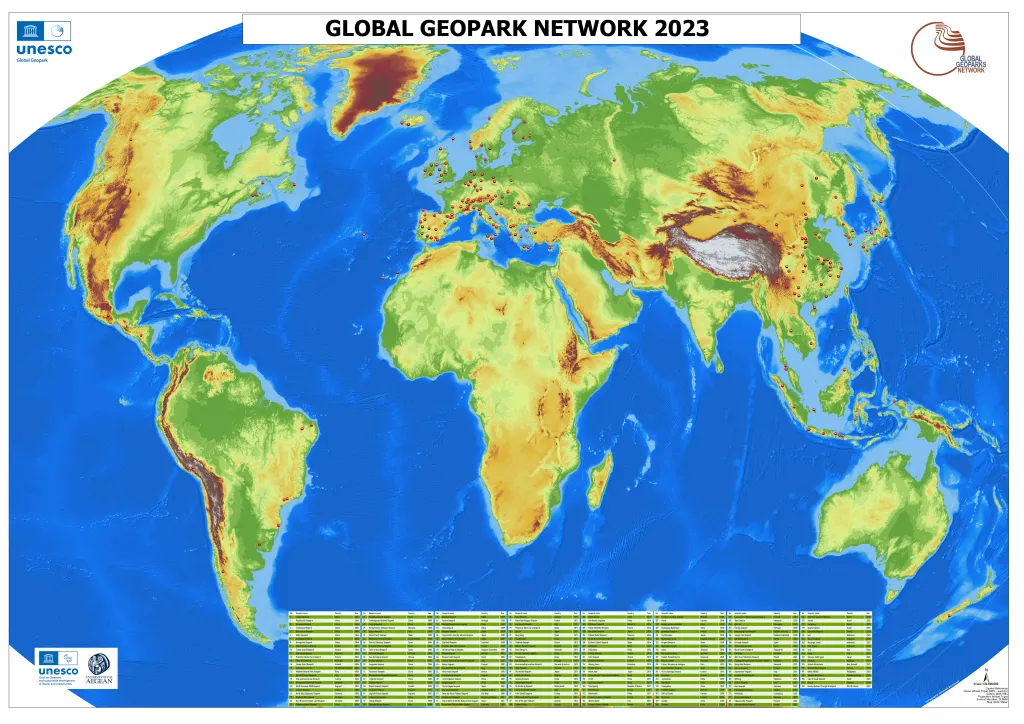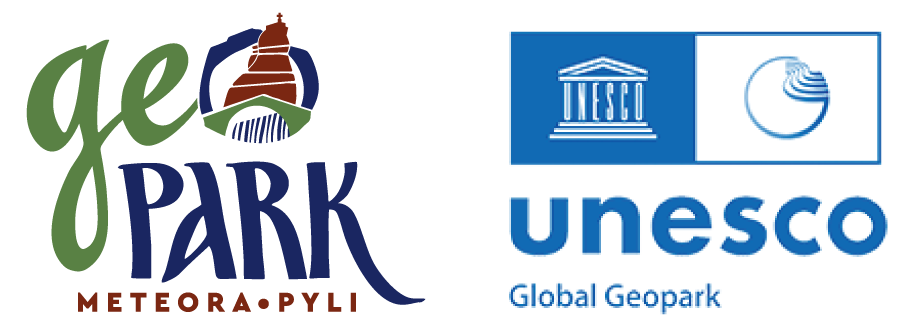The World Geoparks Network was created in 2004 under the auspices of UNESCO to promote the protection of geological heritage and geotourism around the world. Since 2014 it has been operating as a non-profit international organisation based in Paris.
With the Madonie Declaration in 2004, all members of the European Geoparks Network automatically became members of the Global Geoparks Network. After the creation of the International Geoscience and Geoparks Programme (IGGP), an area must first become a member of the Global Geoparks Network to be recognized as a UNESCO Global Geopark.
Today, the World Geoparks Network is working with UNESCO to promote the development of geoparks on all continents and the creation of other continental networks. The continental networks in operation are:
1. European Geoparks Network
2. Asia – Pacific Geoparks Network
3. Latin America – Caribbean Geoparks Network
4. North America Geoparks Network
5. African Geoparks Network
The Global Geoparks Network currently has 195 members from 48 countries. The UNESCO World Geoparks Network after the addition of new members now has 147 Geoparks from 41 countries around the world.
UNESCO, in accordance with the Programme of Action adopted by the General Conference at its 29th and 30th sessions (November 1997 and November 1999), has expanded its activities in the Geoparks Programme to promote the creation of a Global Network of selected sites from around the world, integrating the conservation of outstanding examples of the Earth’s geological heritage into a strategy for regional economic development.
On 13 February 2004, the establishment of the UNESCO Coordination Office for the Global Geoparks Network, based in Beijing, was unveiled.
Geoparks are designated by UNESCO as areas which have an outstanding and special geological heritage. A Geopark encompasses a significant number of geosites of particular importance in terms of their quality, rarity, scientific and educational value and aesthetic appeal. The majority of the sites presented in the area of a Geopark must be part of the geological heritage but may also be of archaeological, ecological, historical or cultural interest. A Geopark must have clearly defined boundaries and sufficient area to allow the creation of economic activities within its boundaries that are capable of supporting genuine local economic development.
A UNESCO Geopark has the following characteristics.
1. It has a management plan capable of supporting sustainable socio-economic development, likely based on geotourism.
2. It implements and promotes methods for the conservation and enhancement of geological heritage and provides opportunities for education in a variety of geoscience disciplines as well as in broader environmental issues.
3. It operates in partnership with governmental authorities, local communities and private individuals.
4. It is part of a global network that demonstrates and shares best practices for the conservation of the Earth’s heritage and integrates it into sustainable development strategies.
5. Geoparks are areas within which the Earth’s geological heritage is protected and managed sustainably.
UNESCO considers that the success of the policy of protection and conservation of geological-geomorphological heritage can only be achieved through strong local involvement. Thus proposals for the recognition of geoparks should only come from local communities and local authorities with a strong commitment to develop and implement a management plan that meets the economic needs of the local population while protecting the landscape in which they live. This initiative is a means to international recognition of important geological sites.
More: Global Geoparks Network


